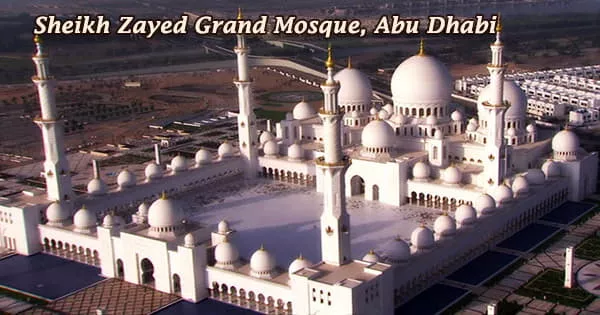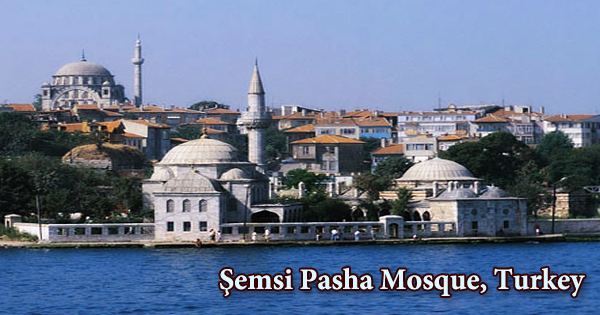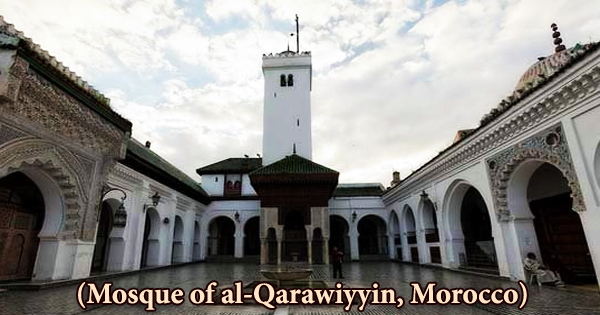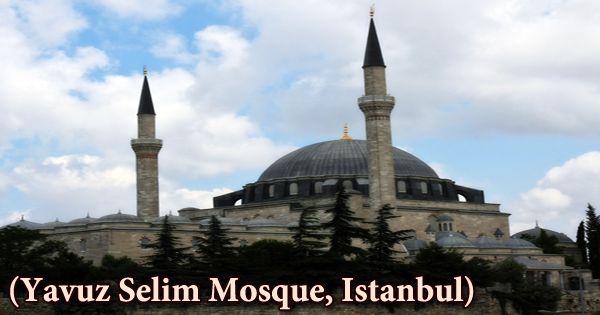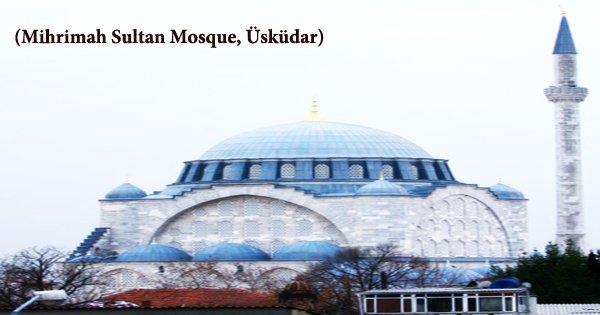The Sheikh Zayed Grand Mosque (Arabic: جَامِع ٱلشَّيْخ زَايِد ٱلْكَبِيْر, romanized: Jāmiʿ Ash-Shaykh Zāyid Al-Kabīr) is not only one of the largest mosques in the world but also one of the most beautiful, with a marble courtyard containing mosaics of flora endemic to the Middle East and enough space to seat 40,000 worshipers. The mosque is located in Abu Dhabi, the United Arab Emirates’ capital city. It is the country’s largest mosque and the main site of worship for daily prayers. It’s a masterpiece of modern Islamic architecture and design, with more than 80 marble domes on a roof-line supported aloft by 1000 pillars and accentuated by four 107m-high minarets. Every day, the mosque can accommodate up to 55,000 worshipers and tourists. The mosque was erected in just over a decade to represent Islam’s central message of peace and tolerance, and to welcome people of all faiths. The mosque, which was designed by Sheikh Zayed and serves as his ultimate resting place, is one of the few in the region that is available to non-Muslims. Between 1996 and 2007, the Grand Mosque was built. The building complex is roughly 290 by 420 m (950 by 1,380 ft) in size, with a total area of more than 12 hectares (30 acres) without landscaping and parking. The building’s primary axis is turned roughly 11 degrees south of true west, aligning it with the Kaaba in Mecca, Saudi Arabia. It was built using more than 90,000 tonnes of pure white marble from the Republic of Macedonia. A variety of marbles are decorated with delicate floral motifs inlaid with semi-precious stones such as lapis lazuli, red agate, amethyst, abalone, jasper, and mother-of-pearl, which contrast with the more conventional geometric ceramic elements. Sheikh Zayed bin Sultan Al Nahyan, the late president of the United Arab Emirates (UAE), started the project with the goal of creating a structure that would integrate the Islamic world’s cultural variety with historical and modern architectural and artistic elements. Sheikh Zayed died in 2004 and was buried in the mosque’s courtyard.

The mosque has a Guinness World Record for the world’s biggest hand-woven carpet, as well as one of the world’s largest chandeliers. Its 1,096 amethyst and jasper-encrusted columns, 82 white marble domes, reflecting pools, gold-plated Swarovski chandeliers, famous prayer hall, and courtyard with one of the world’s biggest marble mosaic artworks make it a magnificent site to explore and photograph. The community is served by the library, which is housed in the northeast minaret, containing classic books and publications on a variety of Islamic themes, including sciences, culture, calligraphy, the arts, and coinage, as well as some rare publications. Three steel, gold, brass, and crystal chandeliers illuminate the main prayer hall with primary-colored light shafts. The chandeliers glitter with Swarovski crystals and gleam with 40kg of 24-karat galvanized gold, the largest of which weighs roughly 11 tonnes. Between 2004 and 2007, a Joint Venture between ACC and Six Construct (part of the Belgian business BESIX Group) finished the mosque under a second contract. The world’s biggest loomed carpet, made of Iranian cotton and New Zealand wool and carried in on two flights from Mashad, Iran, is one of the prayer hall’s most remarkable features. The medallion design, which has intricate arabesque designs, took 1200 artisans two years to create, with half of that time spent hand-knotting the 5700 square meters of woolen thread on a cotton foundation. Over 40,000 worshipers may be accommodated in the mosque, including over 7,000 in the main prayer hall. The women’s prayer hall is one of two smaller prayer rooms, each having a capacity of 1,500 people. Except during prayer hours, visitors are permitted to enter the mosque. A free 45-minute guided tour (in English and Arabic) explains the principles of Islam while highlighting some of the interior’s stylistic features (otherwise comprehensive audio tours are available in 11 languages). On the four corners of the courtyard, there are four minarets that rise to a height of roughly 107 meters (351 feet). The courtyard, with its floral pattern, covers around 17,000 m2 (180,000 sq ft) and is considered the world’s biggest marble mosaic. One of the rare locations where this workmanship can be seen is on the 96 marble columns of the main prayer hall, which are inlaid with mother of pearl. All guests to the mosque must wear long, loose-fitting, ankle-length pants or skirts, long sleeves, and a headscarf for women, according to mosque etiquette. Only sitting presidents are allowed to visit Sheikh Zayed’s tomb, which is located near the mosque entrance. Prayers are repeated continuously by attendants here in one-hour shifts 24 hours a day, seven days a week (the cycles take 1½ to two days to complete). Visitors are free to photograph all other areas of the mosque, save the tomb, which is off-limits to photography. However, care should be given towards people who are praying. On the mosque’s northern side, there is an excellent cafe and a gift store within the compound.
